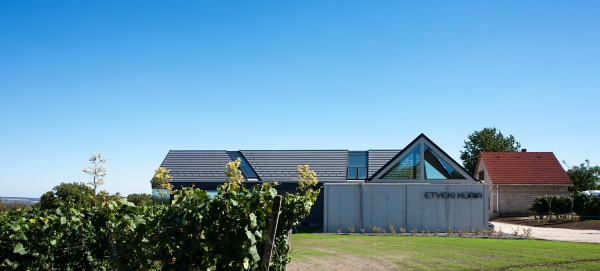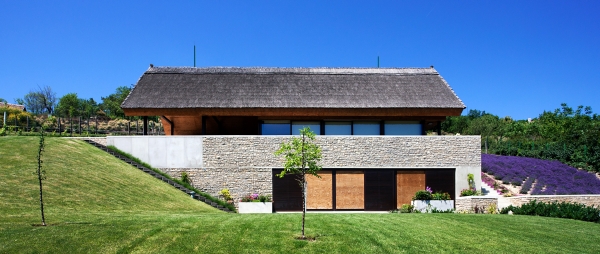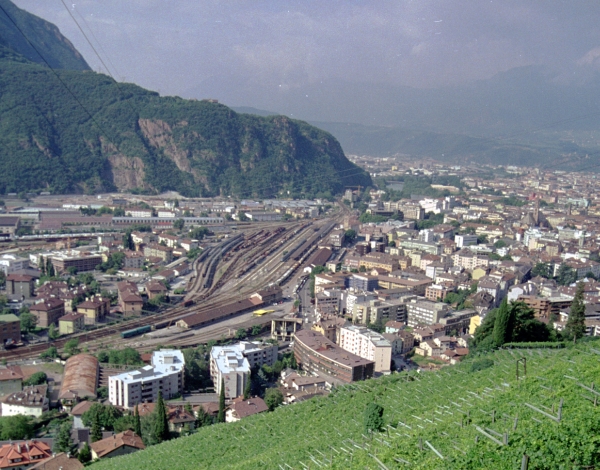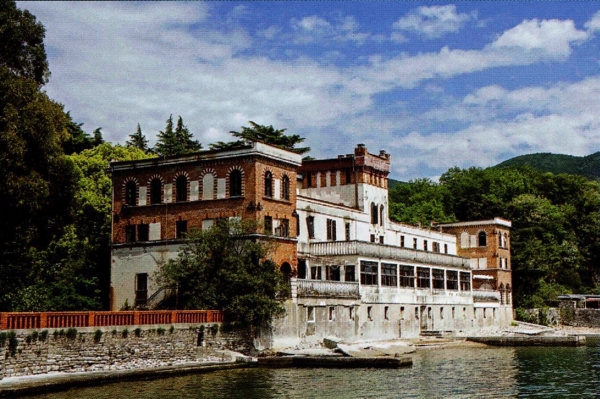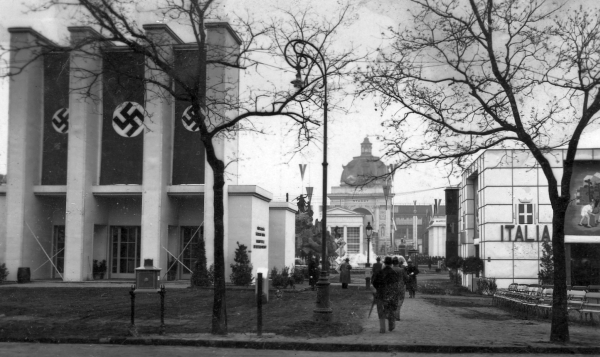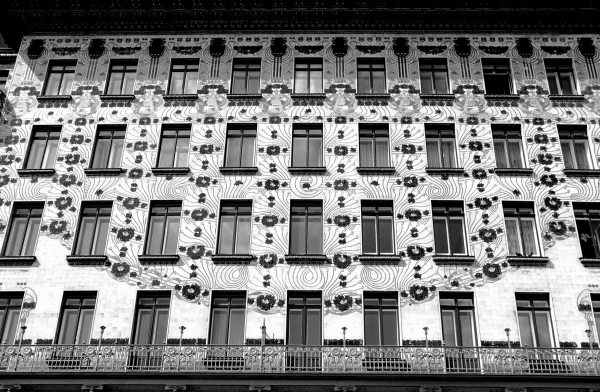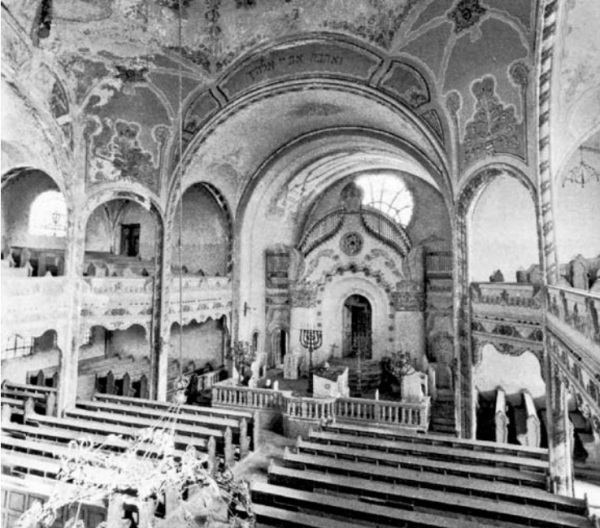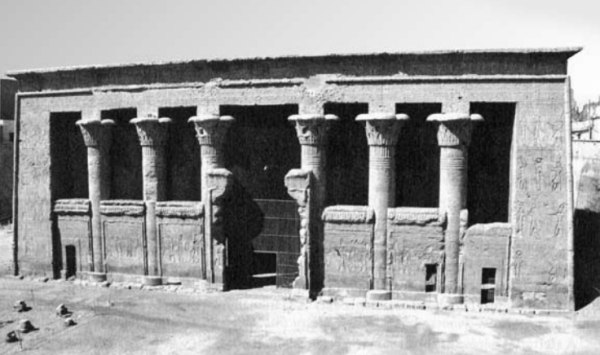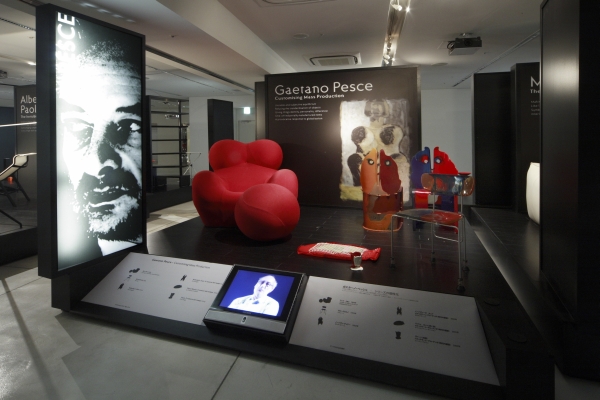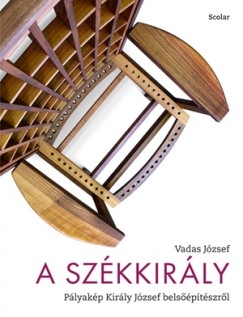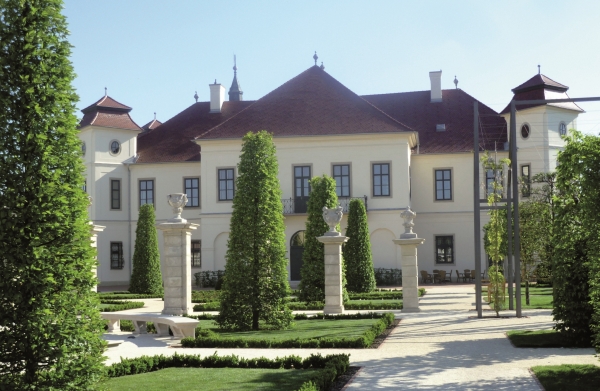Recently inaugurated, the building of Esterházy Mansion Etyek is an exciting experiment of reinterpreting local traditions and embedding them into contemporary context. The atmosphere of the Öreg-hegy („Old Hill”) region in Etyek is dominated by the tiny press-houses hiding among vineyards. The new building reflects the scale typical of its environment…
Self-Reflexive Vista
This mansion in Balatonfüred may as well be regarded as an exemplary design truly reflecting the approach of an architect ambitioning to deal with traditions. Deeply cut into the original steep line of the terrain, the site for the building also permitted to have a two-storey elevation facing south. A composition reflecting the understanding…
From an Industrial Zone to a Museum Quartier
Museo delle Scienze, or MUSE, is the new museum by Renzo Piano opened at the end of July in Trento. It became popular right then amongst locals by its nickname it received from its creators. The museum was built on the former and abandoned premises of Michelin in line with the development plans of the Trentino region driven by the ambition to…
Culture and Economy: South Tirol, Friuli-Venezia Giulia
Culture and economy were the keywords of the nationwide competition published in Italy for winning the title European Cultural Capital 2019. South Tirol submitted a joint application with venice and the northern Italian region for the call targeted to address the widest public possible, Bridging over regions, this competition regards versatility…
The Beginnings of Tourism at Adriatic Sea
Concerning the history of the Unger and Magyar families and its members who were excellent architects, the former Monarchy provides data about the educational history of the Nyolcak („Eights”) in the present-day Carpathian Basin. A descendant of this family, architect Antal Magyar bought a piece of land near Hercegnovi, on the outskirts…
From the Győr Programme to the Three-Year Plan
As the role and responsibility of architects are not only significant factors of the evolution of man-made environment, but also affect the efficiency of economy, whilst inseparable from history and all kinds of mechanisms controlling its power relations and inner operation, this kind of interpenetration makes the moral issues ensuing from professional…
The Eastern Religious Roots of Modernist Architecture
20th-century Modernism defined itself by using adjectives such as rational and functional, and emphasizing the roles and importance of technology and efficiency it distanced itself from its architectural historical background which it rated as overdecorated and burdened with a tradition that in time lost its meaning, clarity and impact. This way the Modernist…
To the Sociology of Architect Students of TU Budapest
Historians specialised in the architecture of the last but one turn-of-the-century realised at an early stage how important role artists of Jewish origins played in the Lechnerian school and in the whole evolution and flourishing of Hungarian Art Nouveau architecture. When trying to interpret the prominence of Jewish architects in the formation…
Human-Scientific Revolution
Till the end of the second millennium science had rigidly separated the spheres of religion and magic, which Nagy-Árpád Miklós referred to as the Great Dichotomy, not exempt from irony. Magic was regarded as a dark power originating from outside even by science. However, the past twenty years – especially thanks to the works and activities…
Maestri
One of the world’s most important design museums, the Triennale Design Museum in Milan is presenting part of its huge collection in Hungary. The Maestri exhibition showcases selected items of the Museum’s permanent collection at the breathtaking interior of Museum of Applied Arts. By trying to summarize the ouvre of 21 legendary Italian designers…
A Székkirály
József Vadas:
Székkirály
Pályakép Király József belsőépítészről
Budapest, Scolar Kiadó, 2013
Opus Tessellatum
Salvete! Opus tessellatum
Work Fragments
Exhibition of Péter Török landscape designer
St Stephen’s Basilica, 12 September – 11 October 2013
